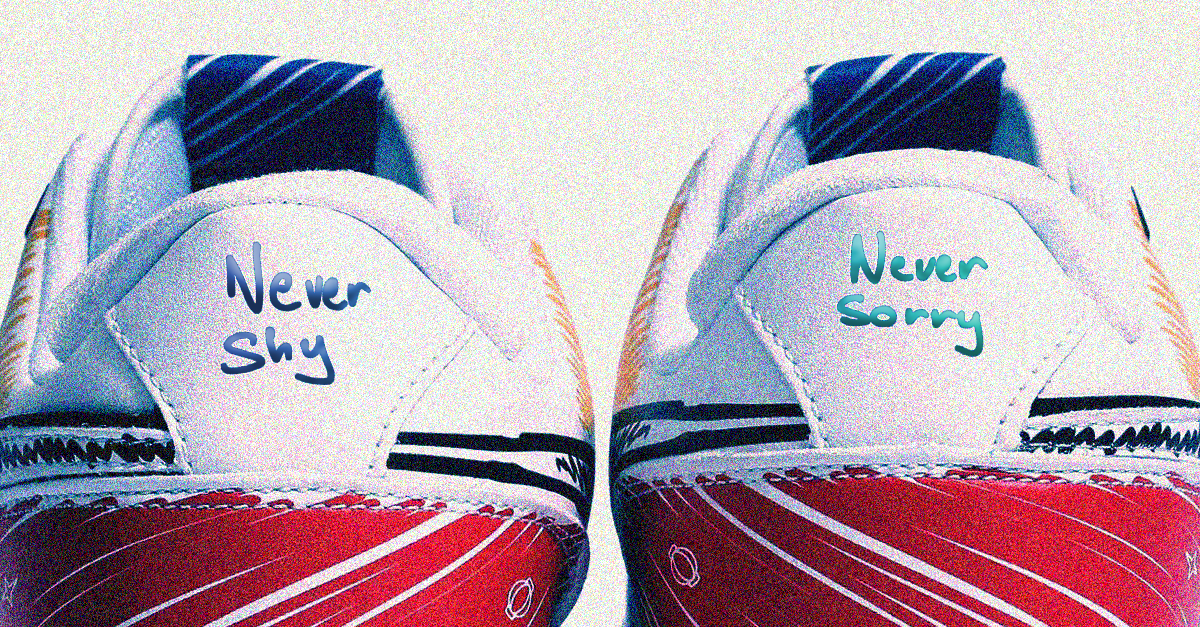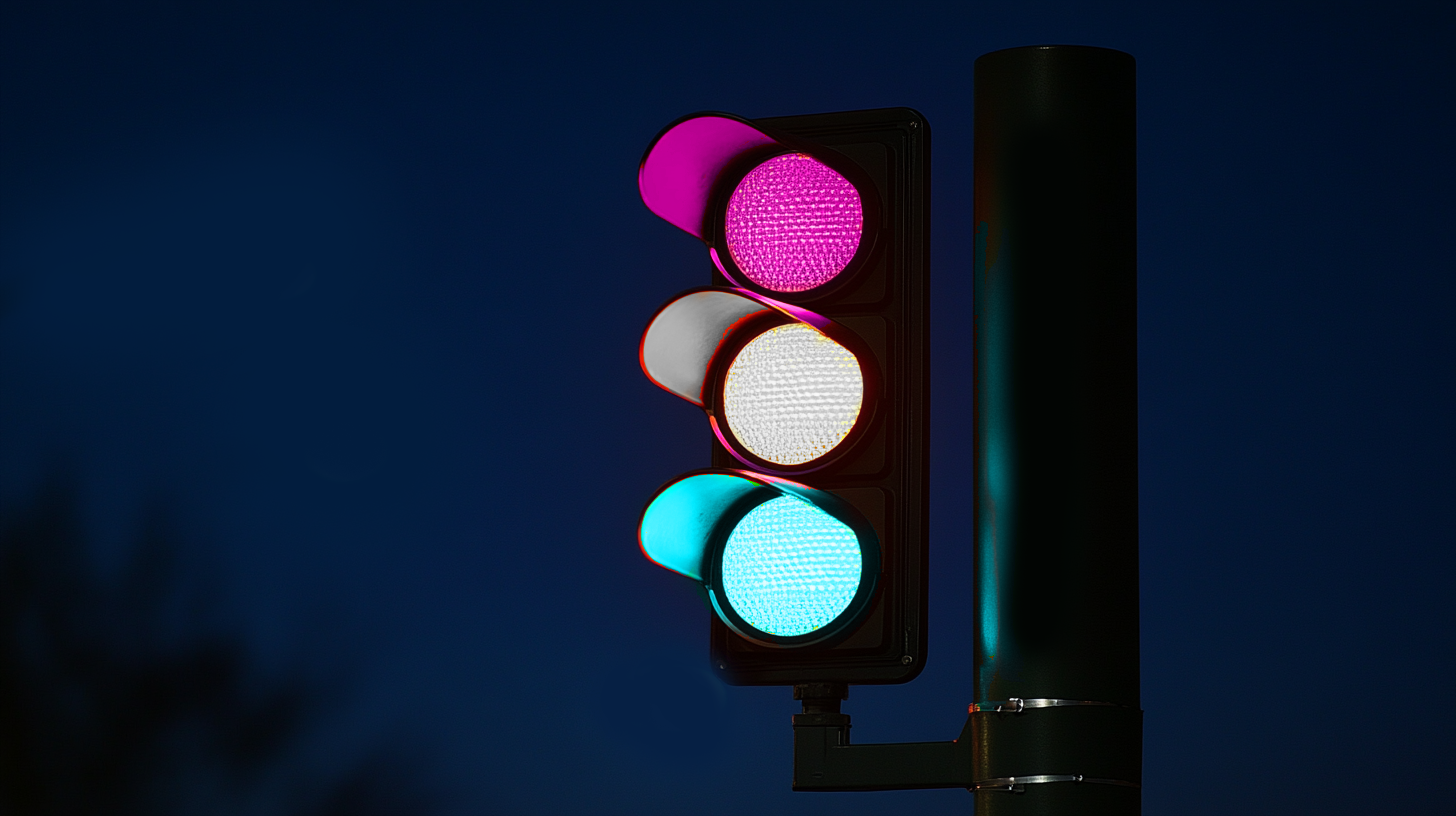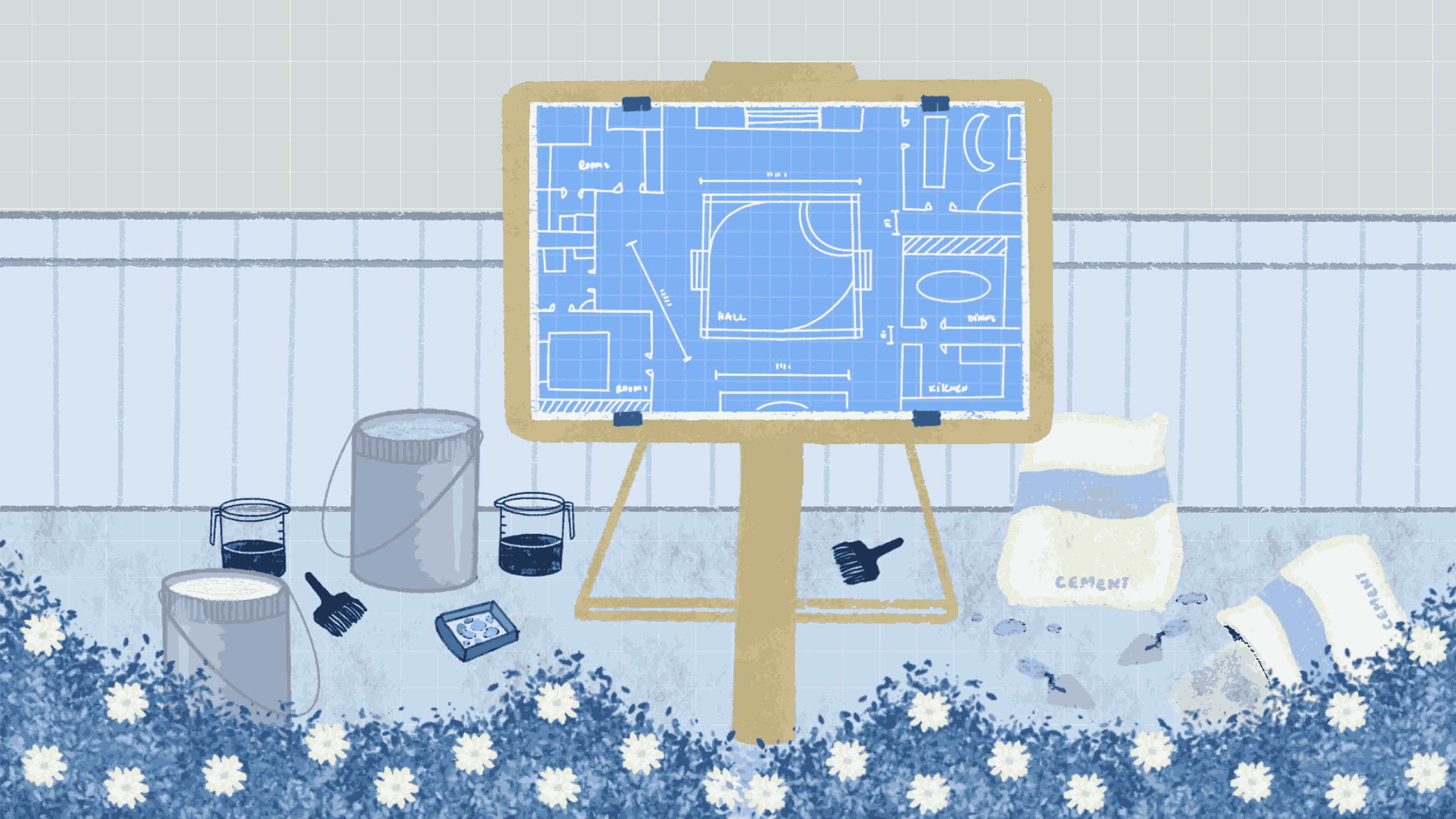Unpacking Beverage Packaging
A Look at India’s Beverage Industry

In a world of constant innovation and evolution, it’s easy for us to take everyday objects for granted. We often overlook the brilliance of a design until the object’s functionality fails us, revealing the intricate details.
However, if we just pause for a moment, we’ll find that every object has a humble story to tell.
Over the weekend, I was hanging out with my friends when the familiar click of the beer can opening made me pause, and for the first time, I really saw that can. As I was handed the can, I found myself captivated by the engineering marvel in my hand that I couldn’t focus on anything else. The beverage packaging design was convenient, lightweight and recyclable. That single moment sparked a deep dive into the history of the entire beverage industry, exploring packaging, branding and sustainability.
The History & Science Behind Beverage Packaging
In the early days, beverages were often stored and transported in simple containers like clay pots or wooden barrels. In the 19th century, glass emerged as a popular material as it offered a clear, durable and reusable solution.
In India, glass bottles became an alternative in the 1950’s and were first used commercially by the Aarey dairy plant in Mumbai. Glass bottles soon became synonymous with iconic brands and were widely used for carbonated drinks, milk, and other beverages. However, the fragility of the glass, the weight and the cost of returning the bottles posed significant issues, leading to the development of alternative materials.

In the mid-20th century, metal cans revolutionised the global beverage industry. They provided a lightweight, durable and easily transportable solution. They protected the beverage from light and oxidation and the development of the pull-tab opening mechanism further enhanced the consumer experience as well as their convenience.
Let’s be honest, evolution never stops. The emergence of Polyethylene terephthalate (PET) plastic bottles gained popularity due to their lightweight, versatile, cost effective, durable and recyclable properties. They took over.
Beverage packaging is the intersection where art, design and science meet as it plays a crucial role in protecting, transporting and promoting the liquid. Be it a can, bottle, carton or a pouch, each packaging option is expected to meet these requirements.

Understanding the packaging landscape
The fundamental rules for all types of beverages are:
- Protection: The package must be protected from contamination, light, oxygen and temperature fluctuations.
- Preservation: Maintaining the quality, taste and nutritional value.
- Convenience: It must be easy to handle and dispose of.
- Aesthetics: Must be visually appealing and reflect the brand’s identity.
Herein, the challenge lies between balancing functionality, economic costs and aesthetics. From the shape of the packaging to the essence of the brand, every facet of beverage packaging design can influence consumer behaviour.
Consider this, would you feel the same sipping a craft beer from a sleek glass bottle as you would from a flexible pouch? But how can you optimise your product’s potential while minimising its environmental footprint?

Sustainability and the Indian Beverage Industry
Before diving into sustainability, let’s understand the crucial positioning of the Indian beverage packaging in the market. As reported in the Economic Times, the Indian food and beverage industry is annually growing by 14.8% with a projected rate of reaching $86 billion by 2029.
The expected growth places significant pressure on the industry to find solutions that are sustainable and don’t impact the economy negatively.
However, ensuring sustainability standards are met is no easy feat, especially with challenges like these:
Enforcement of plastic bans: Finding readily available and affordable sustainable alternatives has become crucial but isn’t always straightforward as dependency on plastic is unavoidable.
E-commerce expansion: The packaging needs to be durable enough to withstand the demands of online deliveries and ensure product integrity.
Cost management: Implementing plastic free packaging solutions needs to be done without compromising quality or significantly increasing costs for consumers.
Innovation: Ensuring that these newly developed solutions meet the same requirements for all beverages.

Rethinking the Everyday Beverage Packaging in India
In 2015, Carlsberg brewed a new initiative by developing paper beer bottles. It was the world’s first 100% fully bio-based and recyclable bottle made entirely from wood fibres! However, there is a thin layer of polymer inside to provide a moisture barrier and resistance to environmental factors. They are still working on crossing the final hurdle to make the exclusive shift that will be free of polymers.
In the meantime, they have been enhancing their sustainability programme by bringing a wide range of packaging innovations to the market.
While innovative solutions like Carlsberg’s paper bottle initiative showcase the potential for eco-friendly alternatives, such advancements need to be adapted to the Indian context. Brands like Coca Cola have tried to make their own paper bottles but haven’t found a solution to the thin layer of plastic.
However, Samiksha Ganeriwal’s Kagzi Bottles, has done the seemingly impossible. After the blanket ban on single plastics in India in 2019, she went on to develop India’s first 100% compostable and sustainable paper bottle in 2020. Building and using their own specialised machinery, they created a brown bottle that challenged people’s expectations of what a beverage bottle should look like. While there isn’t any recent news about a full-scale launch, we hope that with a successful prototype, they are working on commercialisation.
Coca Cola is currently taking a multi-pronged approach, they recently debuted their first 100% recyclable bottle for their water brand, Kinley, made from rPET and with 66% less carbon emissions compared to regular PET. Following the success of this launch, they used the same technology for their carbonated beverages. Initially available in 250ml and 750ml, this aligns with their initiative of ‘World Without Waste’ which includes achieving 50% recyclable content in their bottles by 2030. Furthermore, they are also promoting the use of returnable glass bottles once again.
A Hope for a Greener Tomorrow
In the grand scheme, a single can or bottle might seem insignificant, but collectively, our packaging choices have a profound impact.
At Studio Paperheads, we believe in working with recyclable packaging materials, whenever possible. We want to be a part of the sustainability movement and contribute to the meaningful conversations about eco-friendly packaging benefits and how they can reshape everyday packaging.
You can be part of the solution! Support eco-friendly brands and explore our curated list of sustainable materials. Have a product? Feel free to reach out to explore your eco-conscious options.
Suggested Reads








